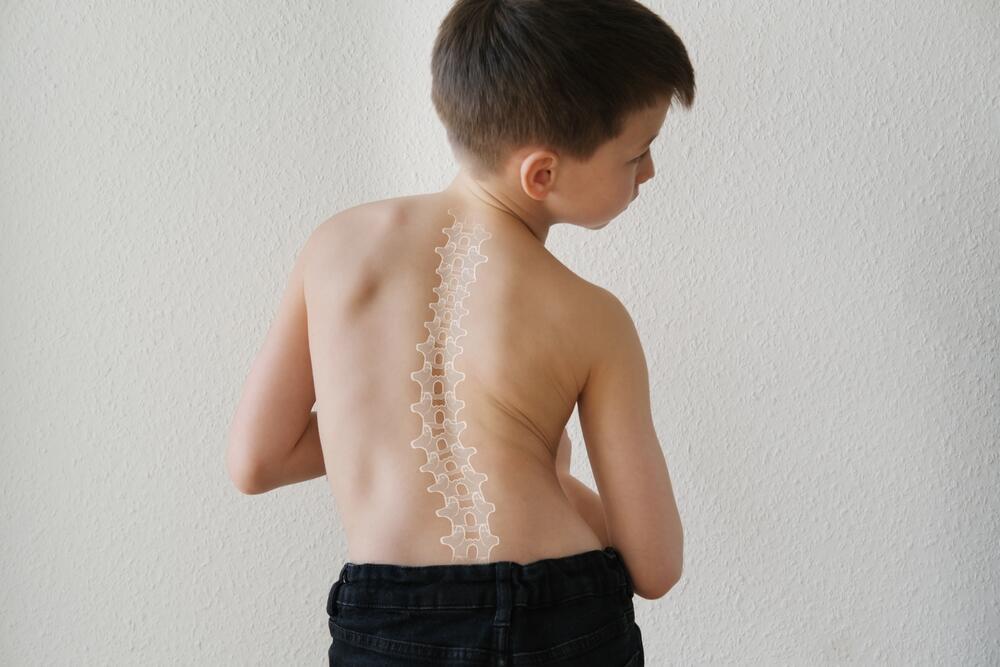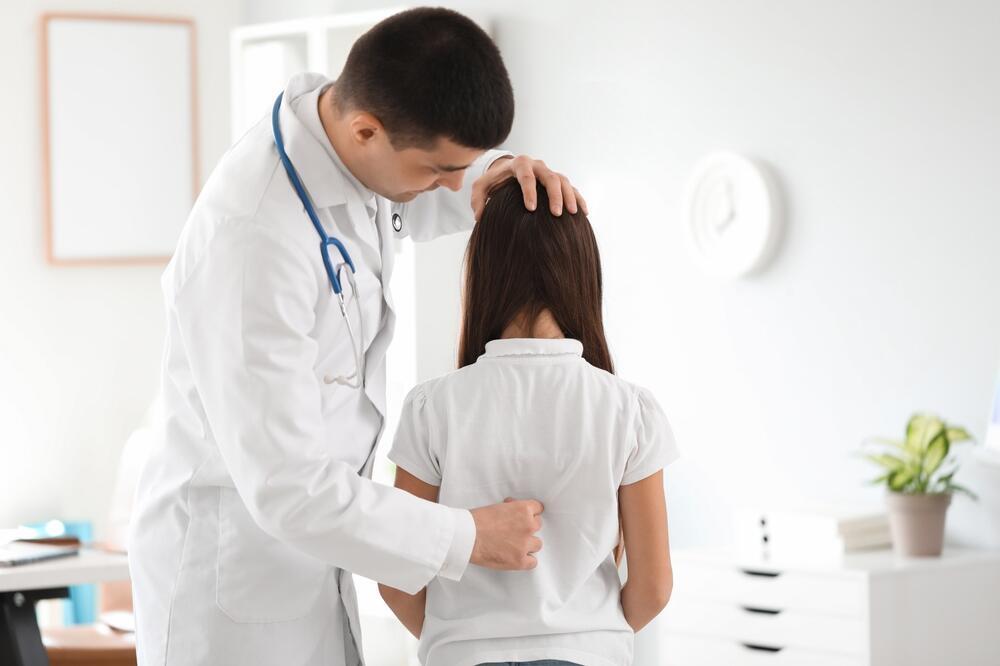Getting your Trinity Audio player ready...
The spine naturally develops with curves that enable us to stand upright and maintain balance. These curves, viewed from the side, are known as Lordosis in the lumbar spine and kyphosis in the thoracic spine. When a curve is visible from the back or front, it is referred to as scoliosis.
Prevalence of scoliosis:
Mild scoliosis, defined as a curvature over 10 degrees, affects approximately three percent of adolescents, with a slightly higher incidence in girls. Severe scoliosis, characterized by a curvature over 40 degrees, is much rarer, affecting only 0.04 to 0.3 percent of adolescents, and is seven times more common in girls than boys.
Causes of scoliosis:
Scoliosis indicates abnormal spinal development and may result from various conditions. However, in most cases, the exact cause of scoliosis is unknown and not linked to any specific disease. Typically, scoliosis is diagnosed after age 10, known as Adolescent Idiopathic Scoliosis. While no specific gene for scoliosis has been identified, there is a known hereditary component, often found in close family members.
"There is no evidence that external factors contribute to the development of scoliosis. It cannot be attributed to carrying a school backpack or prolonged time on computers or smartphones. Athletic activities do not cause or prevent scoliosis."
Manifestations of scoliosis:
Key signs of scoliosis include uneven shoulder height, asymmetry in the shoulder blades, uneven waist, and sometimes imbalance causing the head not to align above the pelvis center when standing.
Impact of heavy backpacks:
There is no evidence that external factors like carrying a heavy school backpack contribute to scoliosis development. Similarly, prolonged computer or smartphone use and sports activities neither cause nor prevent scoliosis.
Pain in adolescent scoliosis:
Mild scoliosis in adolescents often does not cause pain. Occasionally, there is back pain or discomfort near the right shoulder blade. The absence of significant pain can make scoliosis a hidden condition, developing unnoticed by the child or parents. Therefore, a simple screening test is recommended for at-risk populations, particularly adolescent girls, and can be performed by a school nurse, pediatrician, or orthopedic specialist.
Scoliosis is not considered dangerous. Nevertheless, scoliosis exceeding 30 degrees can lead to increased back pain, and curves over 50 degrees may worsen even after growth stops, affecting quality of life and body appearance. Severe scoliosis, over 100 degrees, can impair lung function.
Diagnosis and assessment:
Scoliosis is diagnosed with a full-length spinal X-ray. Low-radiation EOS imaging is available at Shamir Medical Center, Sourasky Medical Center, and Sheba Medical Center. This imaging is vital for children and adolescents to minimize radiation exposure. Orthopedic specialists use these images to determine the degree, direction of scoliosis, and any congenital vertebral defects.
Treatment options:
There are three treatment paths for scoliosis:
- Monitoring without treatment.
- Conservative treatment with a brace and Schroth method physiotherapy focusing on posture correction.
- Surgery for scoliosis correction.
Conservative treatment aims to prevent worsening during growth, while surgery targets correcting the scoliosis.
When is surgery recommended?
Surgery decisions depend on scoliosis severity and the adolescent's growth potential. Typically, a curvature over 40 degrees during growth or over 50 degrees at growth completion indicates surgery.
Innovations in scoliosis surgery:
Scoliosis surgeries have advanced over the past decade, with improved surgical techniques and new navigation or robotic technologies for precise implant placement. In some cases, growth-preserving and motion-preserving surgeries, such as VBT, are now available.



